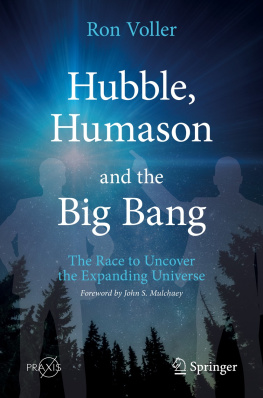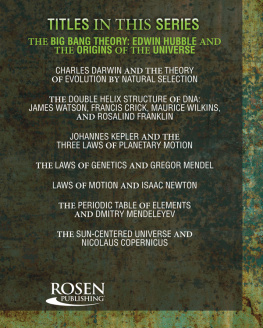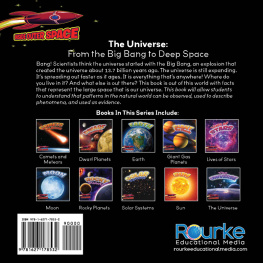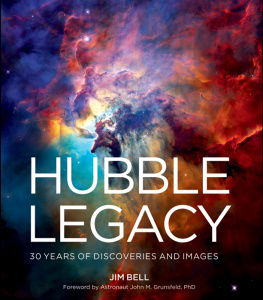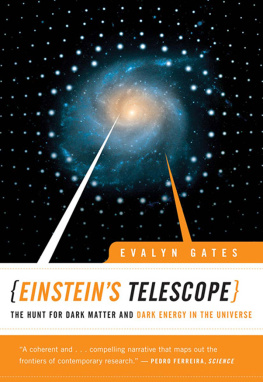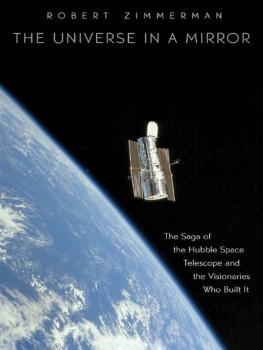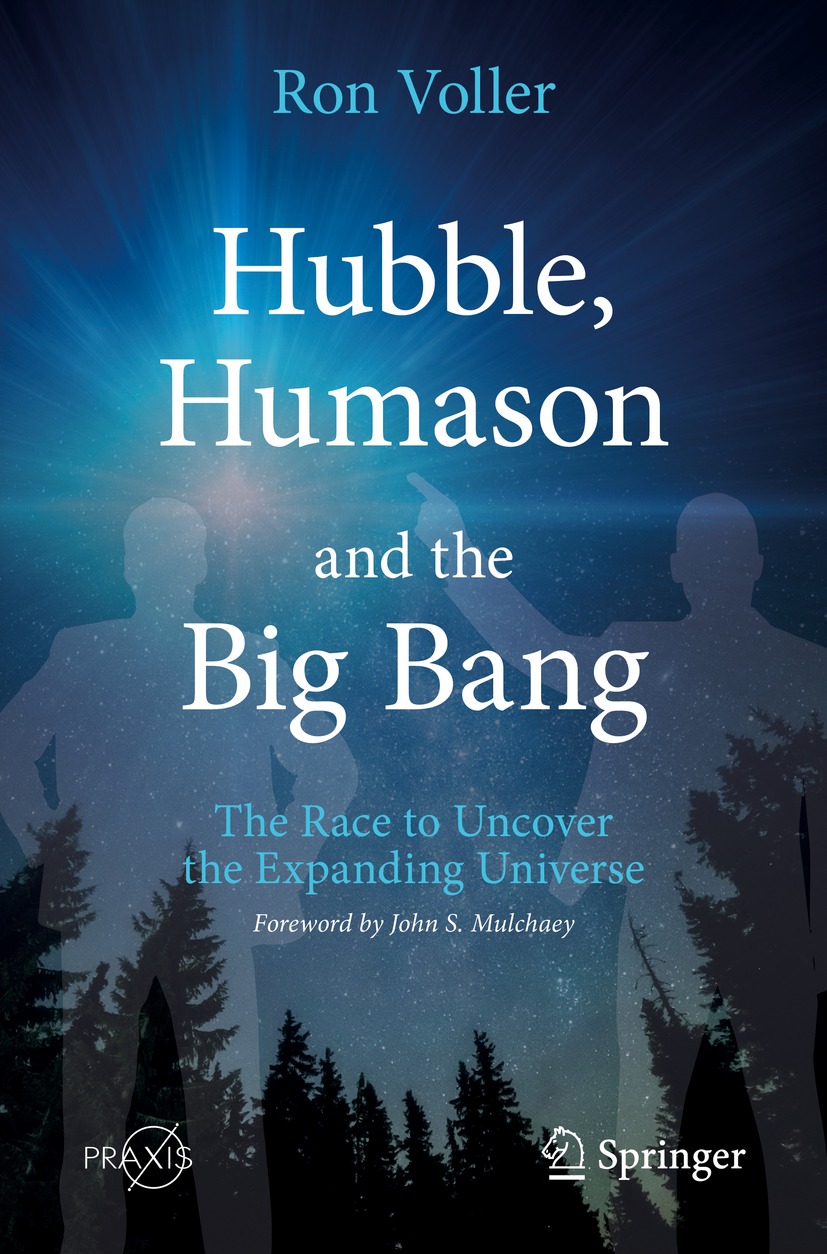Ron Voller - Hubble, Humason and the Big Bang: The Race to Uncover the Expanding Universe
Here you can read online Ron Voller - Hubble, Humason and the Big Bang: The Race to Uncover the Expanding Universe full text of the book (entire story) in english for free. Download pdf and epub, get meaning, cover and reviews about this ebook. year: 2021, publisher: Springer, genre: Non-fiction. Description of the work, (preface) as well as reviews are available. Best literature library LitArk.com created for fans of good reading and offers a wide selection of genres:
Romance novel
Science fiction
Adventure
Detective
Science
History
Home and family
Prose
Art
Politics
Computer
Non-fiction
Religion
Business
Children
Humor
Choose a favorite category and find really read worthwhile books. Enjoy immersion in the world of imagination, feel the emotions of the characters or learn something new for yourself, make an fascinating discovery.
- Book:Hubble, Humason and the Big Bang: The Race to Uncover the Expanding Universe
- Author:
- Publisher:Springer
- Genre:
- Year:2021
- Rating:3 / 5
- Favourites:Add to favourites
- Your mark:
Hubble, Humason and the Big Bang: The Race to Uncover the Expanding Universe: summary, description and annotation
We offer to read an annotation, description, summary or preface (depends on what the author of the book "Hubble, Humason and the Big Bang: The Race to Uncover the Expanding Universe" wrote himself). If you haven't found the necessary information about the book — write in the comments, we will try to find it.
The story of Hubble and Humason is one for the agesand in particular, the Cosmic Age. In this compelling book, science writer Ron Voller digs deep into how and why the two scientists continued to investigate their theory of universal expansion in the face of persistent doubt, contrary theories, and calamitous world events.
The evolution of this dynamic duos tenuous friendship and professional partnership is in many ways as intriguing as their groundbreaking work on the evolution of the universe. The book therefore traces their lives from their childhoods into their burgeoning careers, revealing how a World War and their own personal differences stood in the way of initial cooperation. It then shows how despite all this, the two opposites eventually came together in the pursuit of something far greater than themselves.
Edwin Hubble has often been considered as an island of sortsa lone wolf of astronomy. But Vollers book shows otherwise, as he examines Milt Humasons essential contributions to our understanding of the expanding universe. - Daniel Lewis, Dibner Senior Curator, History of Science & Technology, The Huntington Library
Ron Voller: author's other books
Who wrote Hubble, Humason and the Big Bang: The Race to Uncover the Expanding Universe? Find out the surname, the name of the author of the book and a list of all author's works by series.

